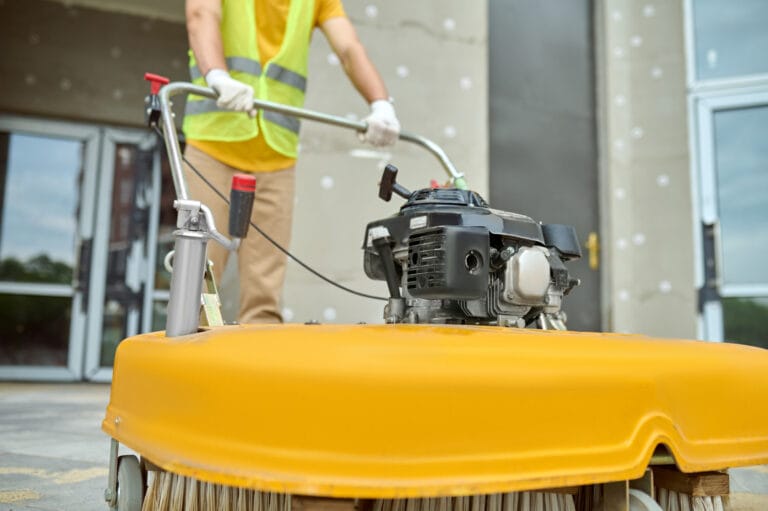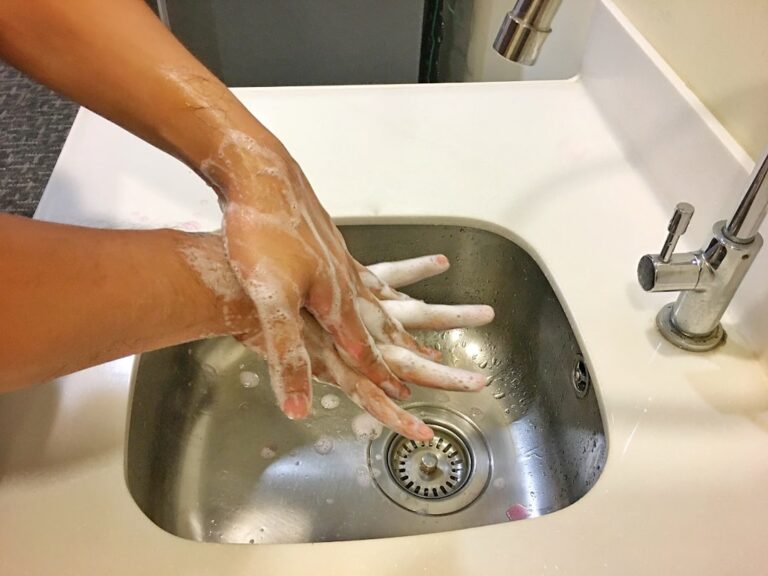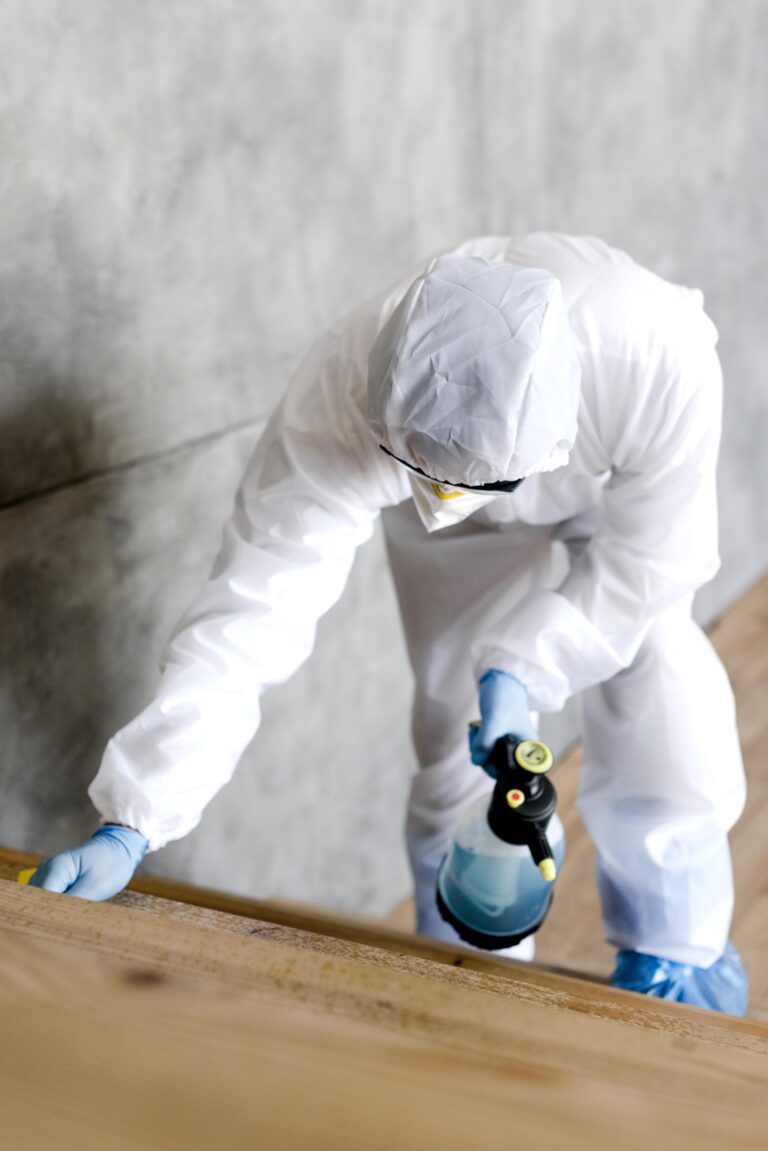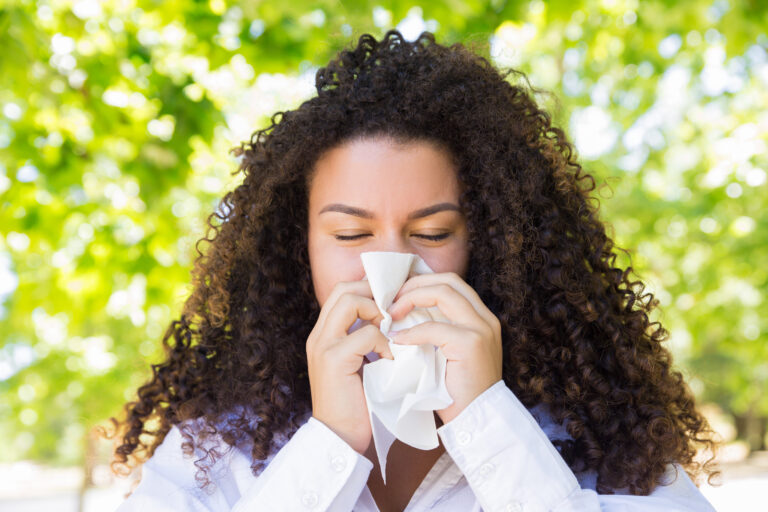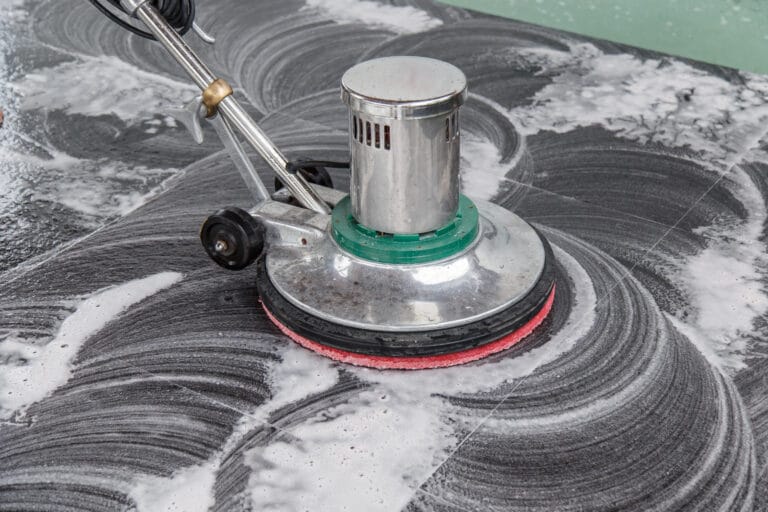Introduction
In the wake of the COVID-19 pandemic, hygiene practices have been brought to the forefront of public consciousness. This has led to an increased emphasis on disinfection protocols, particularly for high-touch surfaces. Understanding the significance of high-touch disinfection is vital for maintaining a safe environment in both residential and commercial settings. Here, we will delve into the concept of high-touch disinfection and its essential role in today’s health-conscious world.
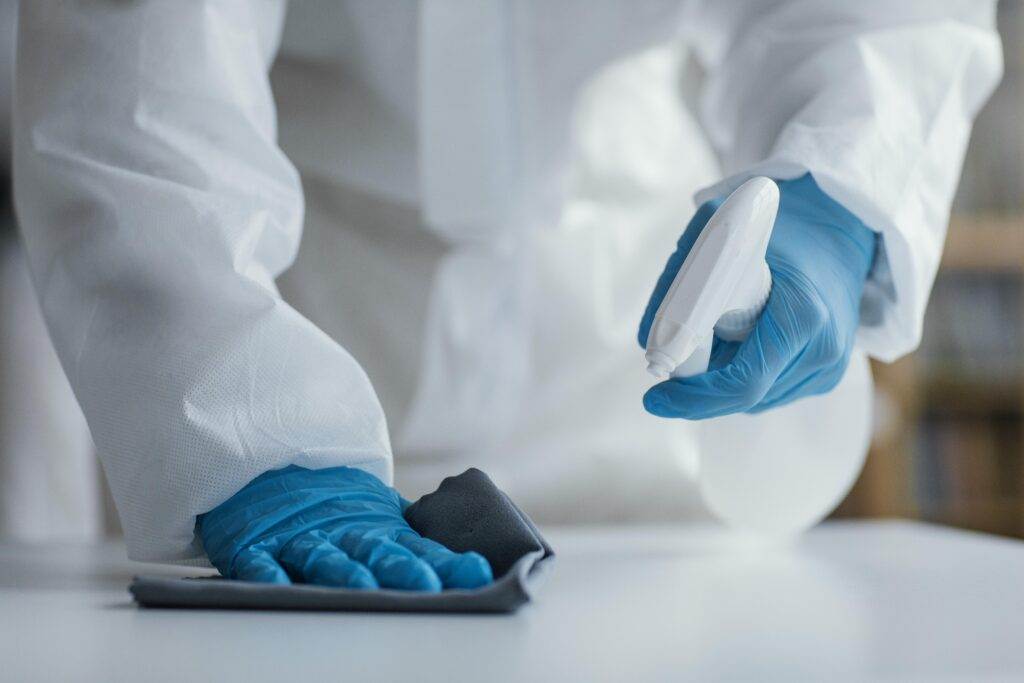
Defining High-Touch Disinfection
High-touch disinfection refers to the cleaning and sanitizing of surfaces that are frequently touched by multiple individuals. These surfaces can include doorknobs, light switches, elevator buttons, handrails, and shared equipment. Effective high-touch disinfection involves using appropriate cleaning solutions, applying proper techniques, and ensuring that these areas are routinely disinfected to minimize the spread of harmful pathogens.
Importance of High-Touch Disinfection Post-Pandemic
The importance of high-touch disinfection has escalated in the post-pandemic landscape. As people gradually return to offices, schools, and public spaces, the desire for safety and cleanliness remains paramount. Consistent high-touch disinfection not only reduces the risk of virus transmission but also fosters public confidence in the safety of shared environments. Furthermore, implementing stringent disinfection practices can lead to improved employee morale, increased productivity, and a better overall experience for customers and visitors. Businesses that prioritize high-touch disinfection demonstrate a commitment to health and well-being, ultimately enhancing their reputation and fostering customer loyalty in a highly competitive marketplace.
Common High-Touch Surfaces
In the realm of high-touch disinfection, identifying and focusing on commonly touched surfaces is essential for effective sanitation practices. Understanding which surfaces require regular disinfecting allows businesses and individuals to allocate their resources efficiently and protect health in shared environments.
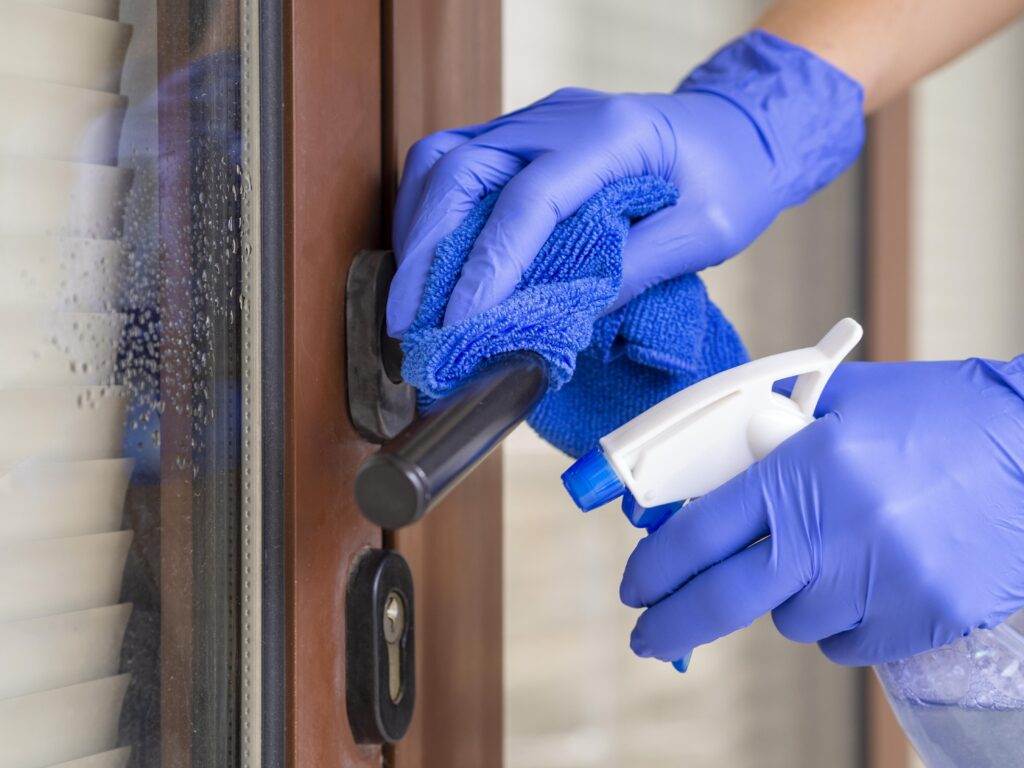
Door Handles and Knobs
One of the prime culprits of germ transmission is door handles and knobs. These surfaces are frequently touched by various individuals throughout the day, making them hot zones for potential pathogen spread. Regular disinfection of door handles and knobs with appropriate cleaning agents is crucial to minimizing the risk of infection. By implementing scheduled cleaning routines for these high-touch areas, businesses can significantly reduce the transmission of harmful germs among employees and visitors.
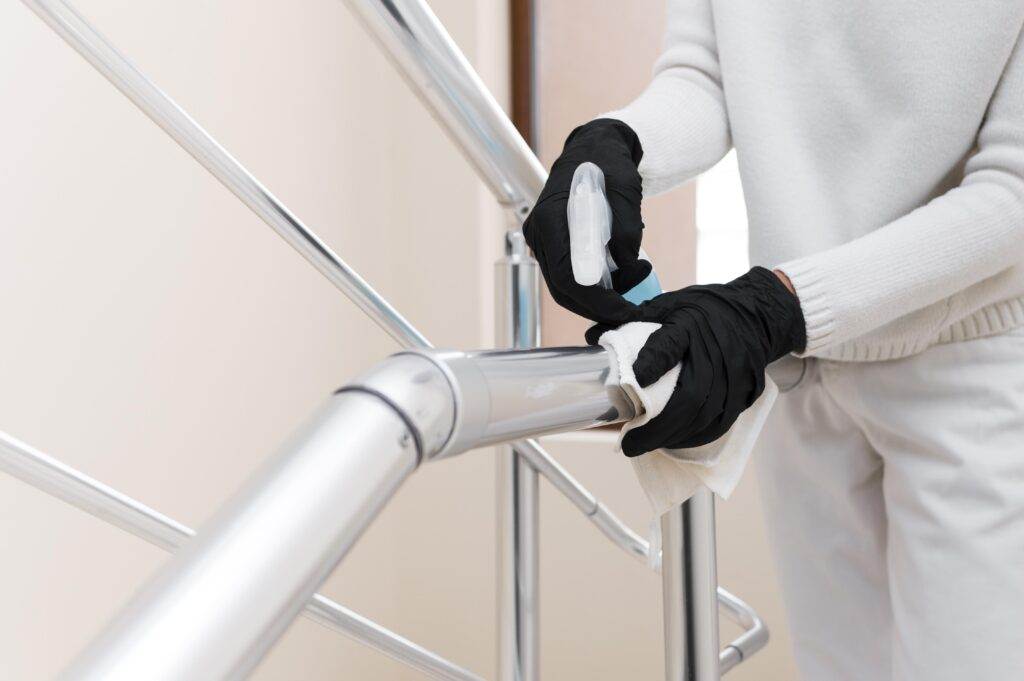
Elevator Buttons and Handrails
Elevator buttons and handrails are other common high-touch surfaces that require diligent disinfection practices. When individuals navigate through buildings, they often interact with these surfaces, making them key points for potential contamination. Therefore, incorporating strict disinfection protocols for both elevator buttons and handrails is vital for ensuring a safe environment. Increasingly, businesses are opting for touchless solutions where feasible, reducing the reliance on these surfaces altogether. Such innovations not only enhance safety but also reflect a proactive approach to health—a commendable strategy that can bolster customer and employee confidence in a company’s commitment to hygiene.
Best Practices for High-Touch Disinfection
Choosing the Right Disinfectants
Selecting appropriate disinfectants for high-touch surfaces is a critical component of effective sanitation. It is essential to choose products that are proven to eliminate a wide range of pathogens, including viruses and bacteria. Disinfectants should be registered with proper authorities and comply with guidelines relevant to their intended use. Surface compatibility is also vital; using the wrong product can damage surfaces or compromise their integrity. For optimal effectiveness, businesses may consider utilizing EPA-approved disinfectants with specific labels indicating their efficacy against germs common to the environment. Furthermore, these disinfectants must be used as per the manufacturer’s instructions regarding application times and surface preparation to ensure maximum germ eradication.
Establishing a Regular Cleaning Schedule
A well-structured cleaning schedule is imperative for maintaining high sanitation standards on frequently touched surfaces. Organizations should develop a routine that outlines specific cleaning intervals, accounting for the level of usage and traffic in various areas. Essential locations, such as restrooms, break rooms, and entryways, may require more frequent disinfection compared to less-used spaces. Setting reminders or employing dedicated staff to carry out these protocols can facilitate adherence. Additionally, training employees on the significance of high-touch surface cleaning and instilling a culture of hygiene can significantly contribute to an overall safer environment. Regular reviews and updates to the cleaning schedule based on feedback, observations, or emerging health guidelines will further ensure that sanitation practices remain robust and effective over time.
Technologies for High-Touch Disinfection
UV-C Light Disinfection
Employing UV-C light technology is becoming increasingly popular for high-touch disinfection. This method utilizes short-wavelength ultraviolet light to kill or inactivate microorganisms by damaging their DNA or RNA, making it an effective solution for sanitizing surfaces. Healthcare facilities and other high-traffic environments are effectively incorporating UV-C light disinfection to enhance their sanitation protocols. The technology is especially valuable for places where chemical disinfectants may not be suitable, ensuring that surfaces are not only disinfected but also free from harsh chemical residues. For optimal effectiveness, businesses must ensure that the UV-C light penetrates all surfaces by using the appropriate duration as recommended by experts.
Electrostatic Sprayers
In recent years, the adoption of electrostatic sprayers has gained traction among organizations seeking efficient disinfection solutions. Electrostatic sprayers utilize charged particles to evenly coat surfaces with disinfectant solutions, ensuring a thorough and consistent application, even in hard-to-reach areas. This technology enhances the adhesion of disinfectants to surfaces, providing better coverage and improving overall efficacy. The quick and easy application also significantly reduces labor costs and time, making it particularly beneficial for businesses with limited resources or high demands. Additionally, the versatility of electrostatic sprayers allows for use across various environments, including schools, offices, and public spaces. By integrating these advanced technologies into their disinfection routines, organizations can elevate their sanitation standards and contribute to a safer and healthier environment for employees and visitors alike.
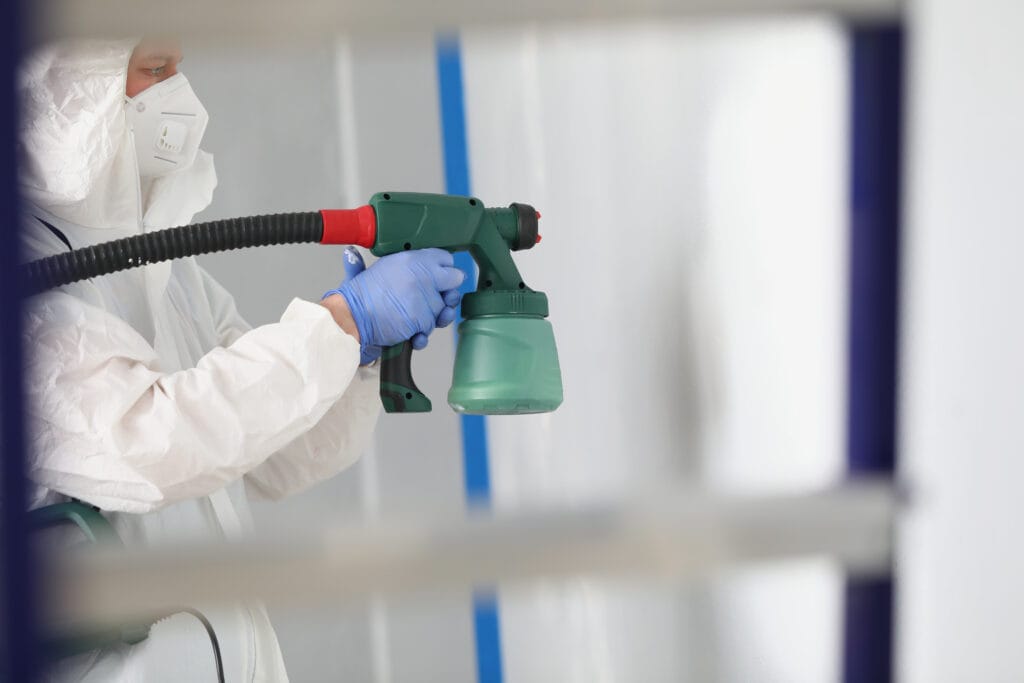
Training Staff on High-Touch Disinfection Procedures
Importance of Proper Training
Effective training is crucial for staff tasked with implementing high-touch disinfection procedures. Without proper knowledge and skills, even the most advanced technologies may fail to deliver the desired outcomes. Organizations should invest time and resources into comprehensive training programs that cover the importance of disinfection, the use of various technologies, and adherence to health guidelines. Moreover, educated staff are more likely to follow protocols effectively, allowing for consistent sanitation practices. This not only enhances the safety of employees and customers but also builds trust in the organization’s commitment to health and cleanliness.
How to Handle Contaminated Surfaces
Having a systematic approach for handling contaminated surfaces is essential for achieving effective disinfection. Staff should be trained to first identify high-touch areas, such as doorknobs, light switches, and shared equipment. Next, they should learn the correct procedures for applying disinfectants, which typically include removing visible debris, applying the selected disinfectant using appropriate methods (like electrostatic sprayers or wipes), and allowing sufficient dwell time for efficacy. Additionally, training should incorporate personal protective equipment (PPE) usage to ensure staff safety while processing contaminated surfaces. This level of preparedness and understanding empowers employees to take on their roles confidently and maintain organisation-wide standards for hygiene and sanitation, ultimately fostering a cleaner and safer environment for everyone.
